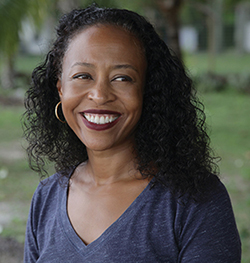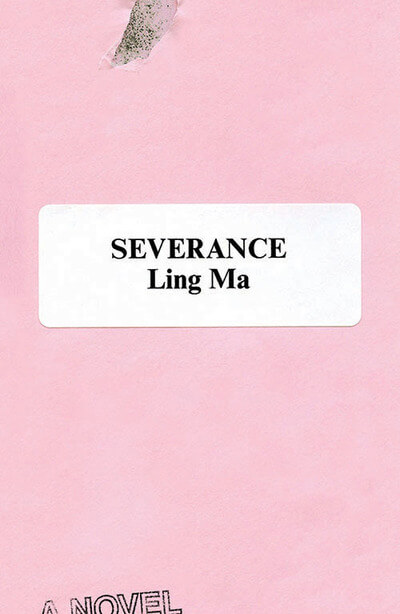We’ve got our eyes on you: These emerging writers have stopped us dead in our tracks with their unforgettable first novels, from epic historical adventures to imaginative family sagas.
 GOODBYE VITAMIN
GOODBYE VITAMIN
By Rachel Khong
For fans of: Roz Chast’s Can’t We Talk About Something More Pleasant?, Stephanie Danler, Nell Zink.
First line: “Tonight a man found Dad’s pants in a tree lit with Christmas lights.”
About the book: A 30-year-old woman returns home to help care for her father, recently diagnosed with Alzheimer’s disease.
About the author: The former executive editor of Lucky Peach magazine, Rachel Khong lives in the Bay Area.
Read it for: Hilarious, insightful observations that balance well with bittersweet memories.
 REBELLION
REBELLION
By Molly Patterson
For fans of: Jane Smiley, Jane Hamilton, Min Jin Lee.
First line: “Hazel is driving and damn her children and damn her eyesight and who cares where she’s going.”
About the book: During the Boxer Rebellion in China, American missionary Addie Bell disappears, an event that will echo through the years and the lives of three other women.
About the author: Molly Patterson, who won the Pushcart Prize for her 2012 short story “Don’t Let Them Catch You,” is a native of St. Louis and lived in China for several years.
Read it for: The author’s dazzling ability to capture disparate settings, from a turn-of-the-century American farm to present-day China, and to weave together the stories of four strong women.
 GATHER THE DAUGHTERS
GATHER THE DAUGHTERS
By Jennie Melamed
For fans of: Tales of chilling societies like Margaret Atwood’s The Handmaid’s Tale.
First line: “Vanessa dreams she is a grown woman, heavy with flesh and care.”
About the book: An isolated cult society ruled by men begins to crumble when young girls rebel against their preordained and doomed futures.
About the author: A psychiatric nurse practitioner specializing in working with traumatized children, Jennie Melamed lives in Seattle with her husband and two dogs.
Read it for: The gripping, haunting portrayal of girls coming of age and questioning everything they’ve ever been taught.
 SEE WHAT I HAVE DONE
SEE WHAT I HAVE DONE
By Sarah Schmidt
For fans of: Hannah Kent’s Burial Rites, literary horror like Stephen King.
First line: “He was still bleeding.”
About the book: This fictional retelling of the Lizzie Borden murders is a domestic nightmare, unfolding through multiple perspectives to reveal a claustrophobic household laden with dread.
About the author: Sarah Schmidt lives in Melbourne, Australia, with her partner and daughter, and works at a regional public library.
Read it for: Staggeringly gorgeous, feverish prose and the thrill of deep, dark, gruesome detail.
 THE TALENTED RIBKINS
THE TALENTED RIBKINS
By Ladee Hubbard
For fans of: Toni Morrison, Neil Gaiman, Colson Whitehead.
First line: “He only came back because Melvin said he would kill him if he didn’t pay off his debt by the end of the week.”
About the book: Antiques dealer Johnny Ribkin journeys through Florida where he meets with other members of the Ribkin family, whose special abilities were used to further the civil rights movement.
About the author: Ladee Hubbard lives in New Orleans with her husband and three children. She holds a Ph.D. from the University of California, Los Angeles.
Read it for: An intimate portrait of a black family battling against segregation and inequality whose strength literally turns them into comic book-worthy superheroes.
 THE HALF-DROWNED KING
THE HALF-DROWNED KING
By Linnea Hartsuyker
For fans of: Ken Follett, Diana Gabaldon, George R.R. Martin.
First line: “Ragnvald danced on the oars, leaping from one to the next as the crew rowed.”
About the book: A brother and sister fight to seize power and control of their own fate in the harsh, beautiful and unpredictable world of medieval Norway.
About the author: A descendant of the first king of Norway, Linnea Hartsuyker grew up in the woods of upstate New York and turned to writing after a decade working at internet startups.
Read it for: A spellbinding evocation of a long-lost world of magic and blood feuds, populated by characters riddled with doubt and human failing beneath their epic exteriors.
Khong photo credit Andria Lo.
Patterson photo credit Elaine Sheng.
Melamed photo credit Jennifer Boyle.
Schmidt photo credit Nicholas Purcell Studio.
Hubbard credit Vilma Samulionyte.
Hartsuyker credit Nina Subin.
This article was originally published in the August 2017 issue of BookPage. Download the entire issue for the Kindle or Nook.
























